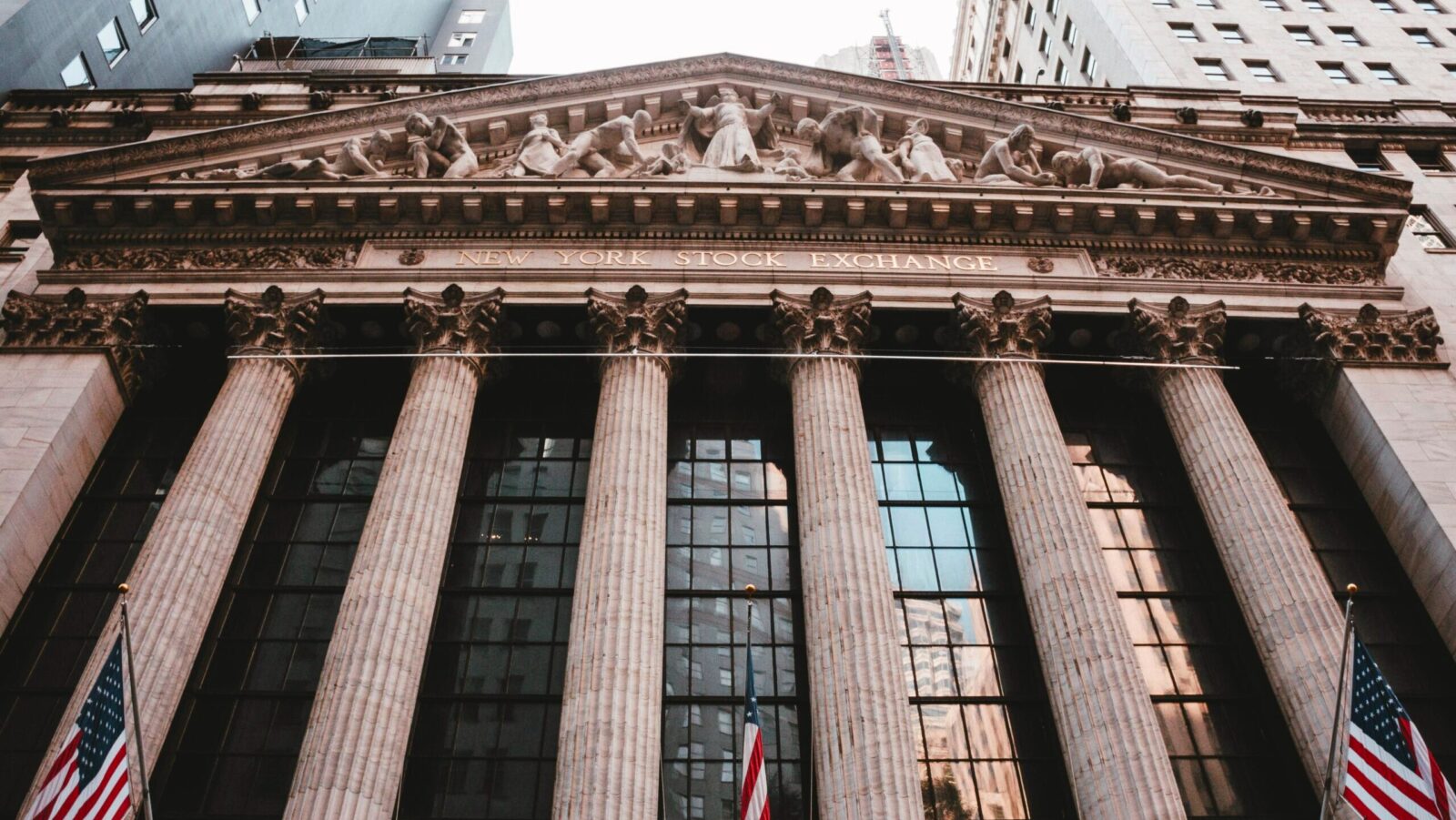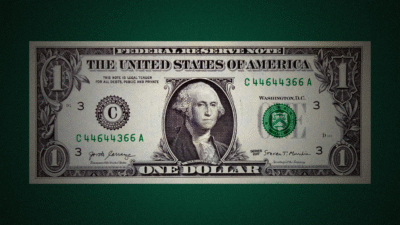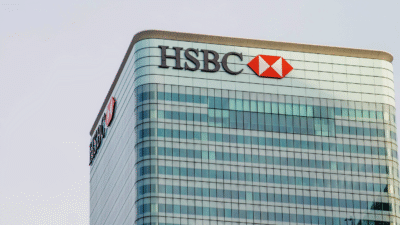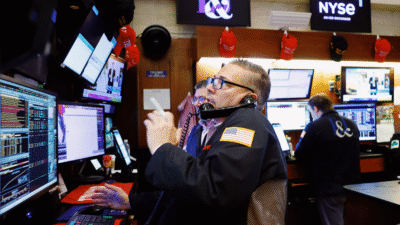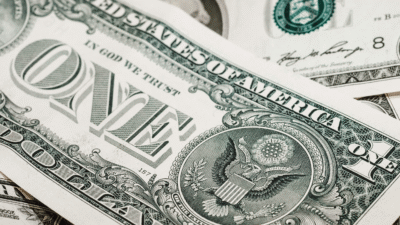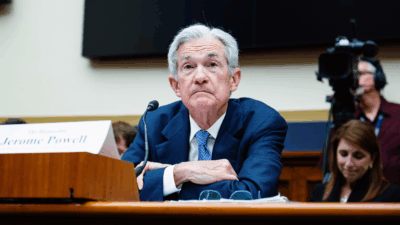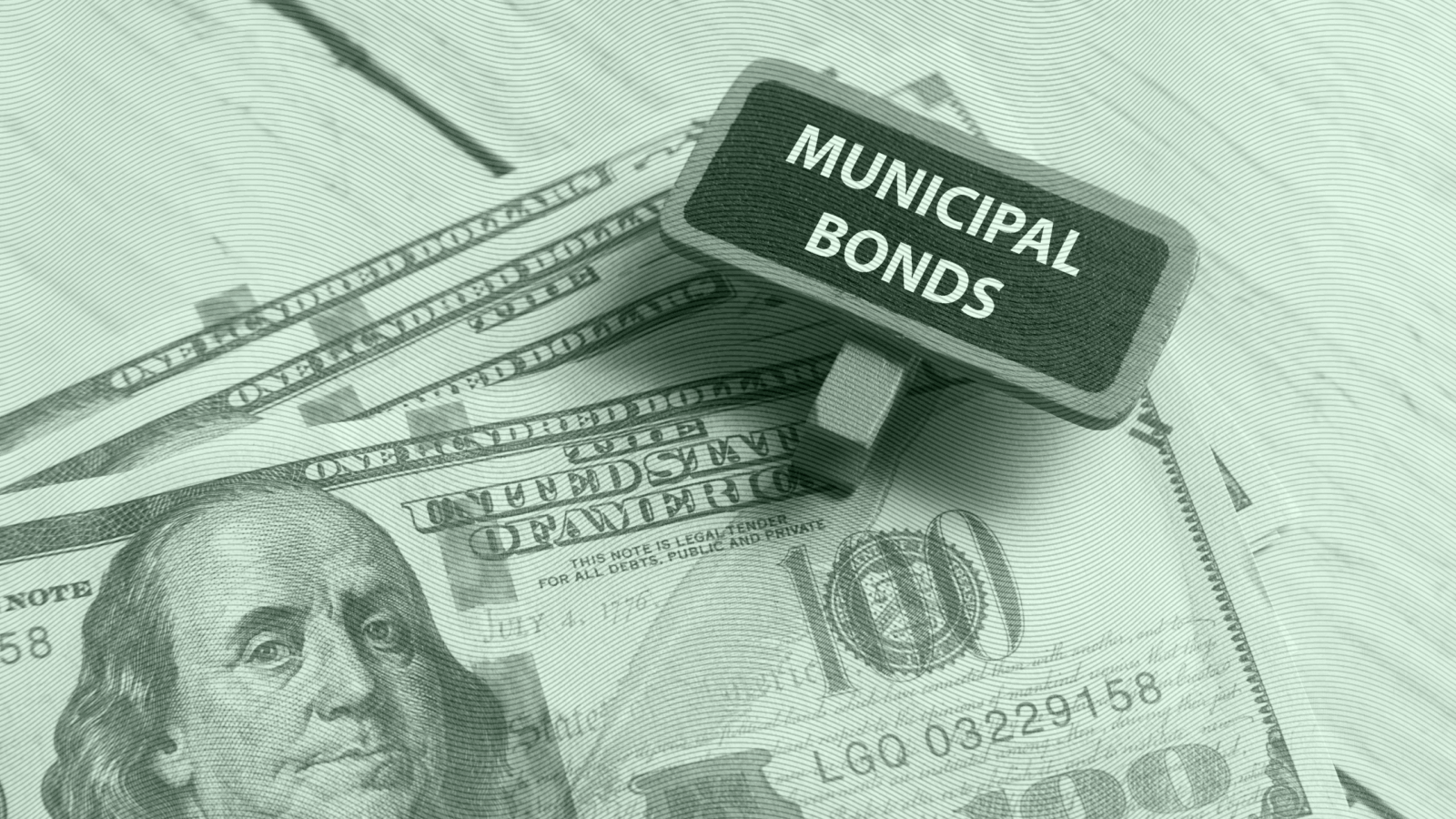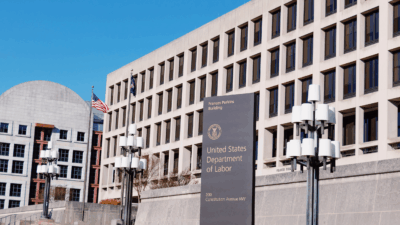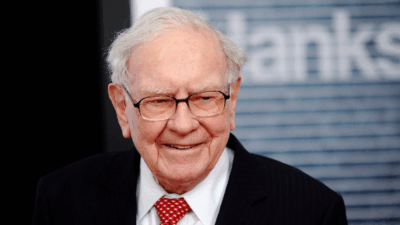The Inverted Yield Curve Usually Predicts a Recession — Until Now
The yield curve has now been inverted for around 400 trading sessions, and there’s no recession in sight. So what gives?

Sign up for smart news, insights, and analysis on the biggest financial stories of the day.
You may as well have been shaking a Magic 8 ball.
The so-called inverted yield curve — when yields on short-term treasuries are greater than those of long-term government bonds — has long been one of Wall Street’s favorite and most reliable recession indicators. But according to a Wall Street Journal analysis published Tuesday, the yield curve has now been inverted for around 400 trading sessions, and there’s no recession in sight. So what gives?
Inverted Expectations
The logic behind the yield-curve weathervane is pretty sound, reflecting Wall Street’s expectations that the Fed will generally start cutting interest rates to revive a flagging economy, which tends to make long-term bonds more attractive and drives their interest rates lower.
According to the WSJ analysis of the trend going back to 1968, an inverted yield curve has preceded a recession anywhere from between nine and 24 months. This time around, it’s been nearly two years since the emergence of the latest inverted curve, and there’s still no recession on the horizon:
- US employers added 175,000 jobs in April, according to Labor Department data reported earlier this month. While that’s a sizable dip from March, the unemployment rate remains below 4%.
- That’s been good for consumer confidence; on Tuesday, the Conference Board reported that US consumer confidence rose in May for the first time since January. Meanwhile, economic growth this quarter is expected to surpass the same period from last year and, on Tuesday, the Nasdaq hit an all-time high.
New Normal: All of which is to say Wall Street is still mostly optimistic about the Fed’s chance of pulling off a soft landing, whether the yield curve is inverted or otherwise. That may be a positive thing in the long run, even according to Campbell Harvey, the Duke University finance professor who first identified the indicator in the 1980s and told the WSJ: “It is naive to think that you can just forecast the complex US economy with a single measure from the bond market.”
